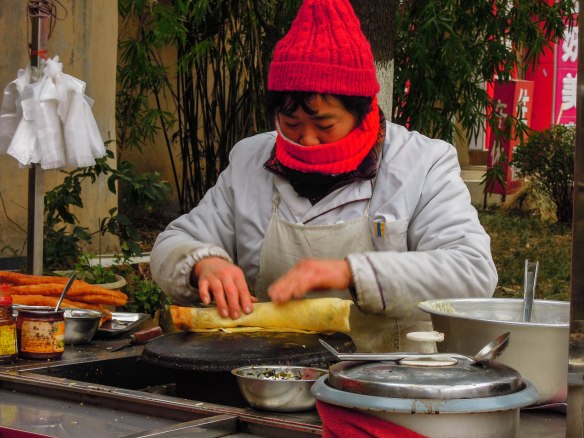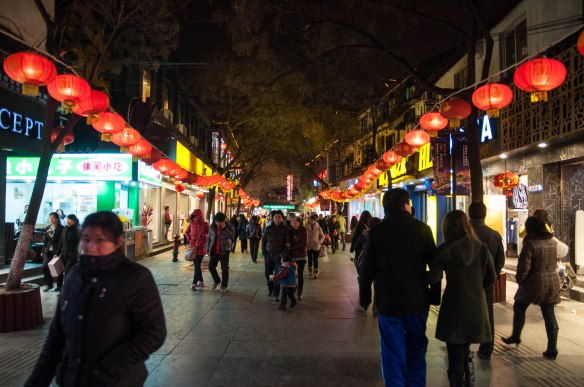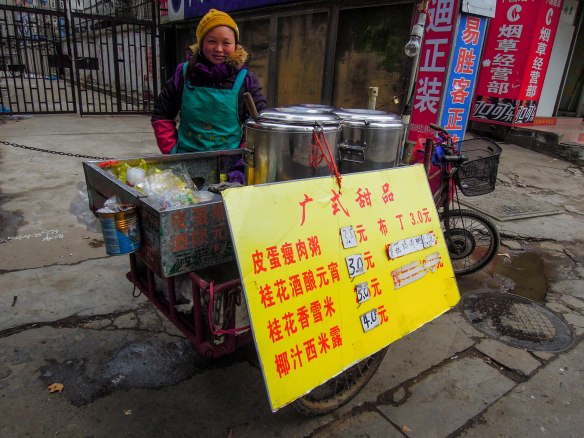The Sera Monastery is one of the three most important monasteries in Lhasa, the Holy City of Tibetan Buddhism. The others are the Drepung and Ganden Monasteries. They are dedicated to the Gelugpa or Yellow Hat Sect of Tibetan Buddhism and are, or at least were, university monasteries. In earlier times life in Tibet revolved around the monastery. The monasteries played the role of religious center, education center with schools and universities, hospitals, marketplaces, and so on. Even now, much of a young person’s education can still be had at a monastery. The Sera Monastery was built in 1419 on a hillside in the north part of Lhasa.
One of the unique things about Sera is it’s long tradition of debating. As part of the their training, monks participate in a series of debates. These debates are held in a courtyard of crushed stone. Senior monks grill junior monks on various doctrine. The junior monks are seated, while the monks questioning their knowledge of Buddhist scripture fire questions at them, accompanied by dramatic hand slapping. The hand slapping is a signal for the seated monk to respond.
 The debates are held each day. Though it seems pretty entertaining to the visitor, it is serious business and an important part of the training of these monks. Tibetan Buddhist monks are never without their prayer beads. In fact, most lay people in Tibet also carry prayer beads.
The debates are held each day. Though it seems pretty entertaining to the visitor, it is serious business and an important part of the training of these monks. Tibetan Buddhist monks are never without their prayer beads. In fact, most lay people in Tibet also carry prayer beads.
The debates last one to one and a half hours. It was noisy and the air was charged with energy.
The short video below best shows how these debates are conducted. I found this religious training fascinating. I have always loved Buddhist temples and monasteries for the peace and tranquility that I feel there. This was a little different because it was so noisy and lively.










































